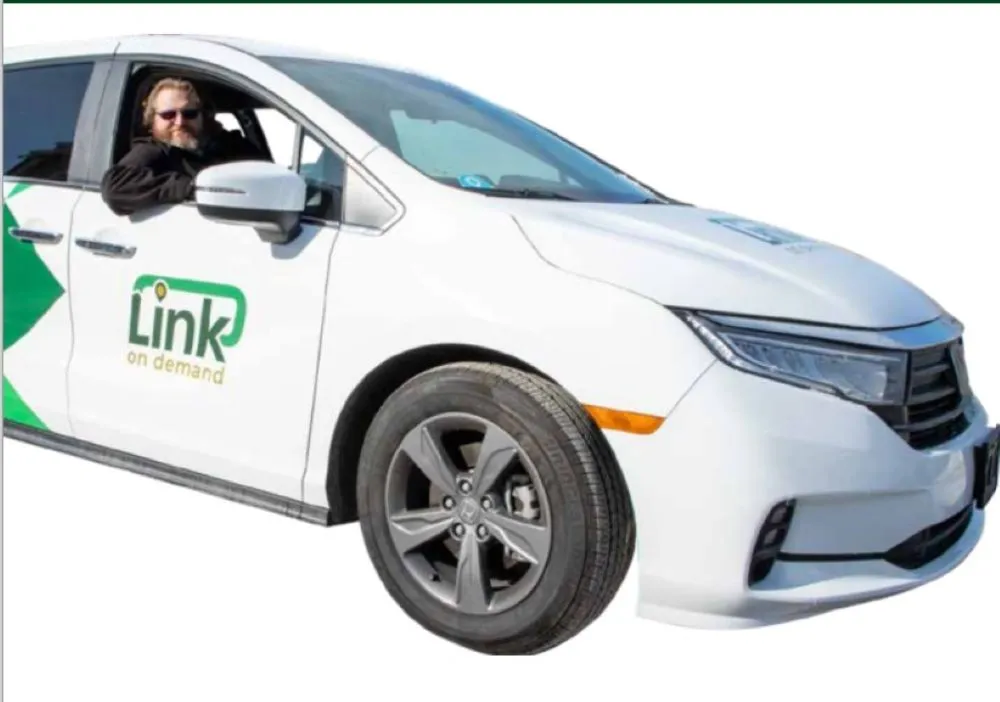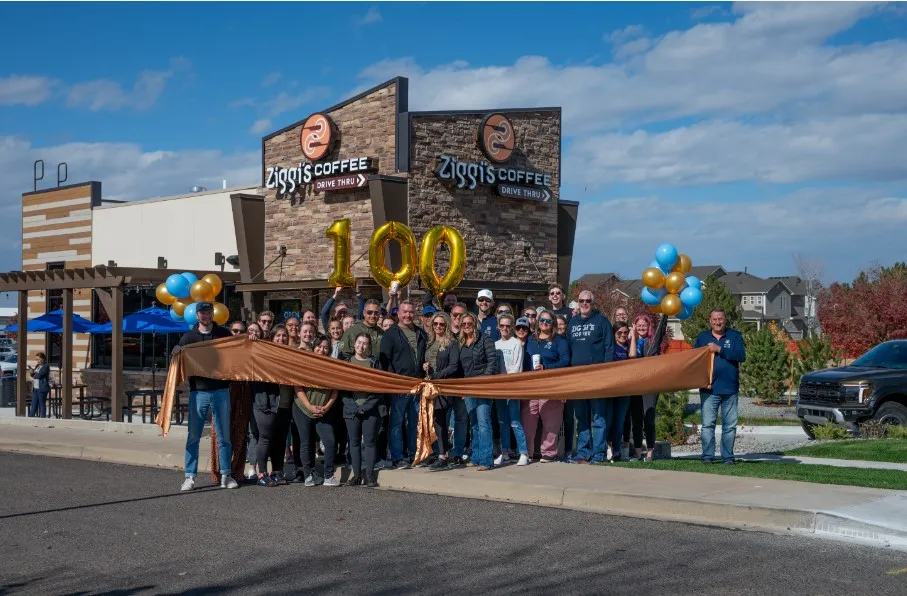Brighton to roll out new micro-transit program

Come next year, residents in need of citywide transportation to specific locations can take a ride in Brighton’s newest transportation service.
THIS ARTICLE IS FOR SUBSCRIBERS ONLY
Continue reading for less than $3 per week!
Get a month of award-winning local business news, trends and insights
Access award-winning content today!
Already have a paid subscription?





